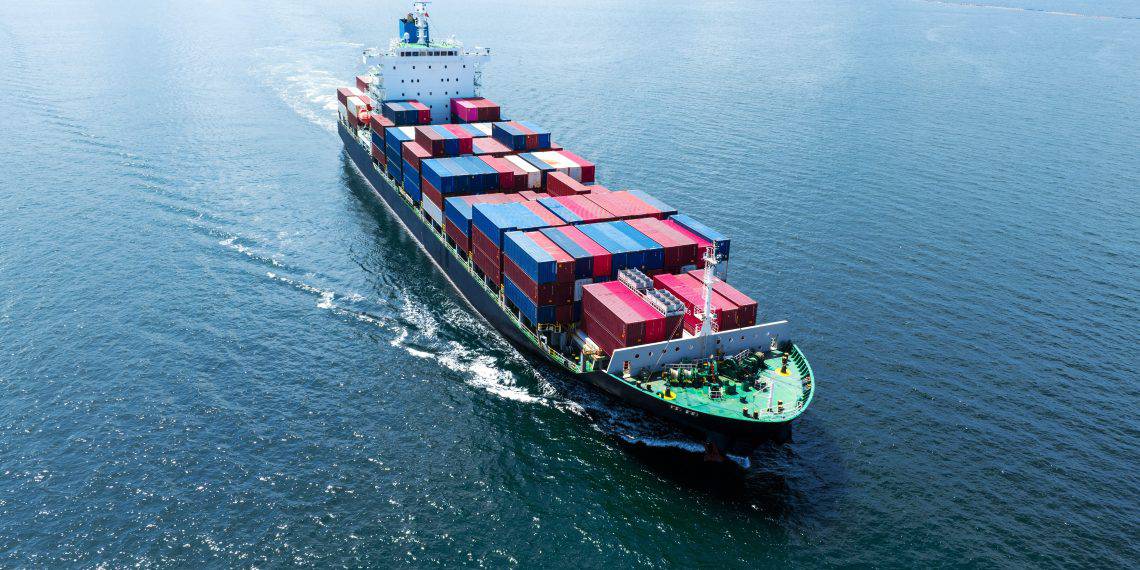The Panama Canal has completed 111 years of operations on 15th August, 2025, with a renewed commitment to sustainability, water security, and global competitiveness. Authorities said the canal’s future vision is based on improving the quality of life for Panamanians while maintaining its role as one of the most important trade routes in the world.
The canal was inaugurated in 1914 with the transit of the steamship Ancón, which for the first time directly connected the Pacific and Atlantic Oceans.
In the last 25 years of local management, the waterway has generated B/. 28.266 billion in direct payments to Panama’s National Treasury. During this period, it has also invested more than B/. 15 billion in capital projects, maintenance, and watershed management.
Canal authorities said that its capacity has doubled since the transfer, with expanded locks and strengthened security. They added that every dollar generated by the canal is reinvested into operations, while surplus earnings are directed towards Panama’s social development.
Sustainability remains a central goal for the canal. Officials confirmed that it has adopted a decarbonisation strategy and is aiming to achieve carbon neutrality by 2050.
As part of this effort, the canal has set specific emission reduction goals and introduced hybrid propulsion tugboats. The first two, Isla Barro Colorado and Isla Bastimentos, were christened this year. These new vessels significantly lower emissions, improve energy efficiency, reduce underwater noise to protect marine life, and cut fuel consumption. The electric motors also extend maintenance intervals, making operations more efficient and cost-effective.
The Panama Canal has also been working to support local communities through sustainable watershed management programs. These include reforestation, land titling, agribusiness projects, and environmental education. Thousands of people have already benefited from these initiatives.
One of the most important developments is the project to create a lake in the Río Indio watershed. Once completed, it will secure water resources for more than two million Panamanians who depend on the canal’s lakes. This includes half of the country’s population and key sectors such as agriculture, education, health, industry, and commerce.
Officials said the project is designed with an integrated approach that respects international best practices, ensuring that infrastructure development is balanced with environmental protection and the rights of affected families.
Reference: Panama Canal
?





